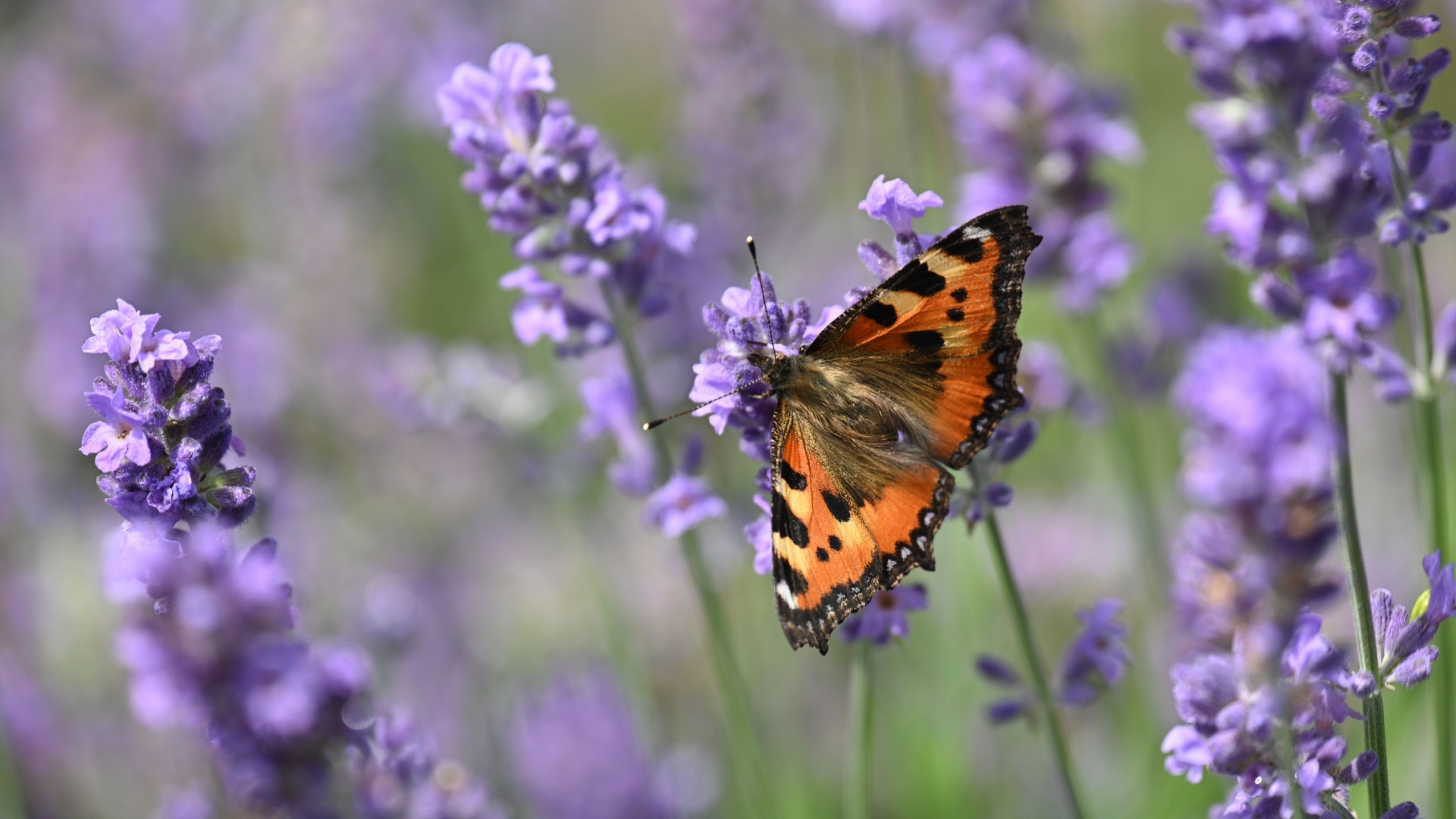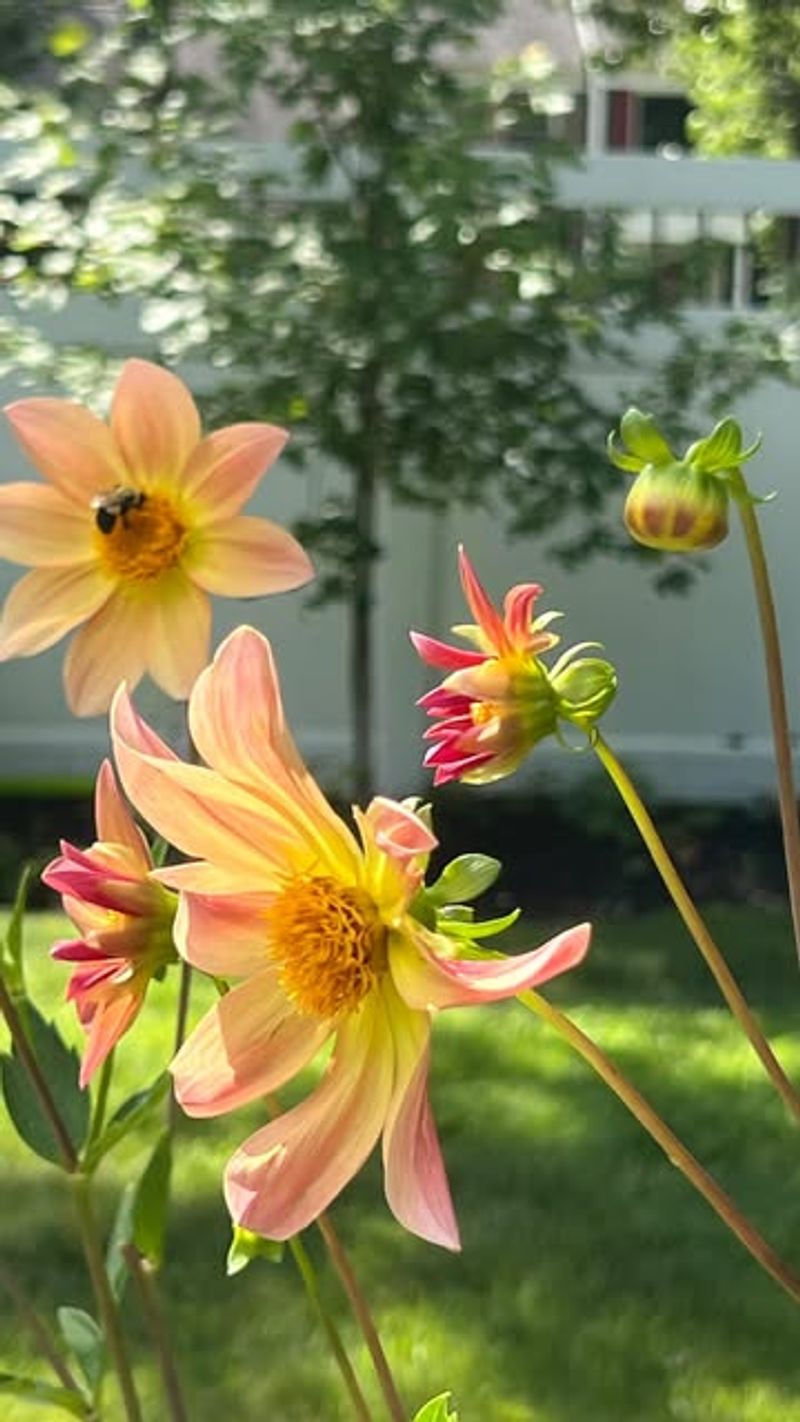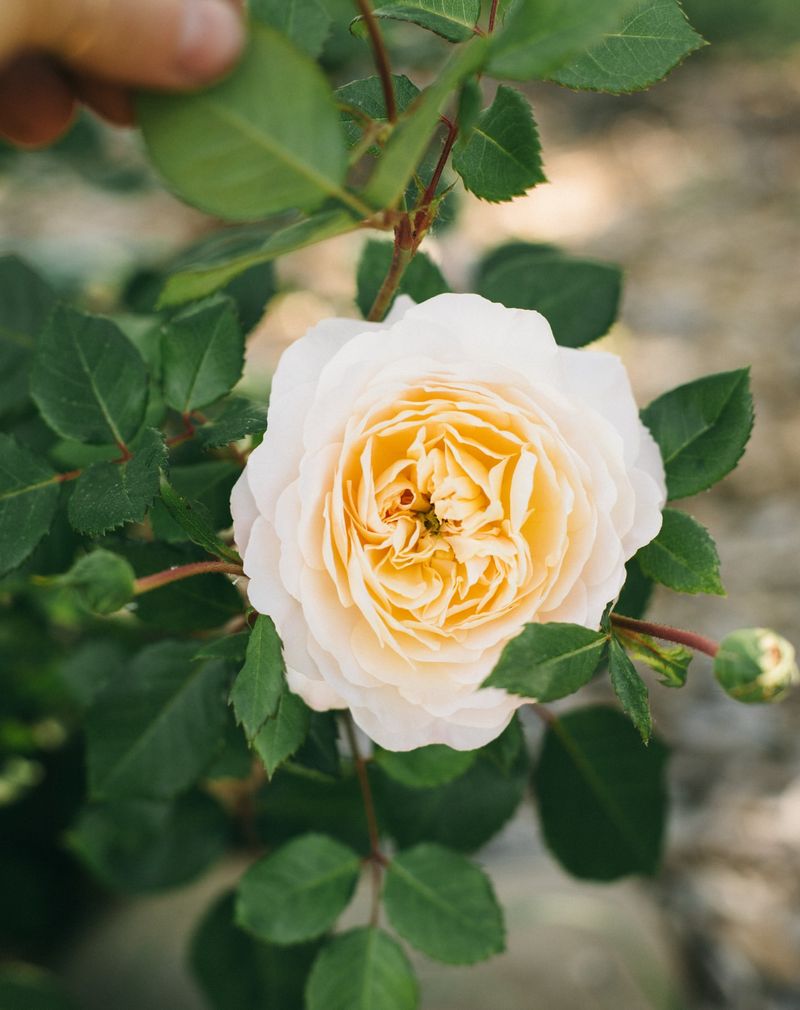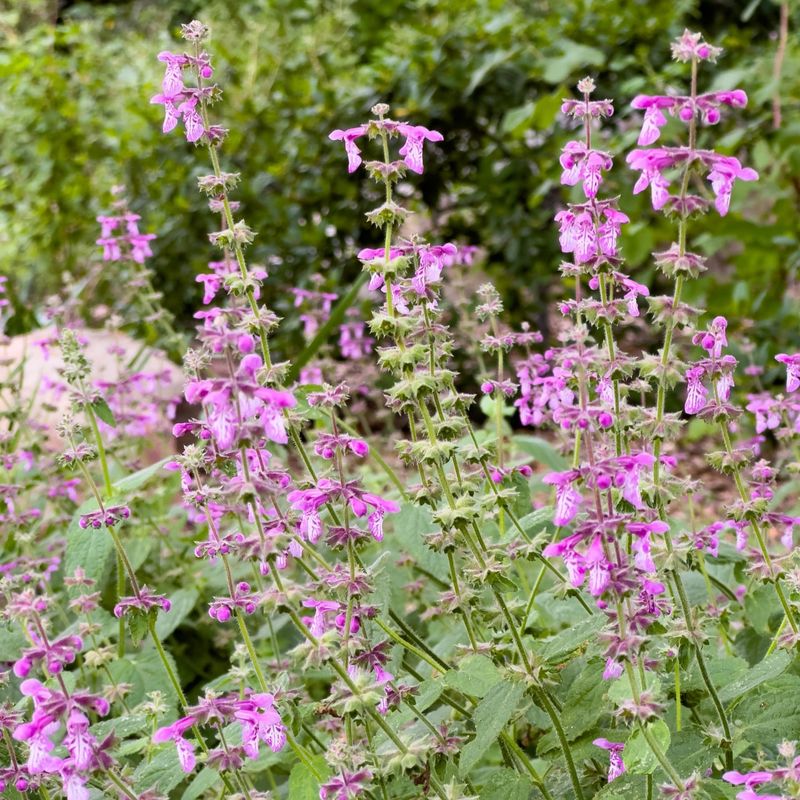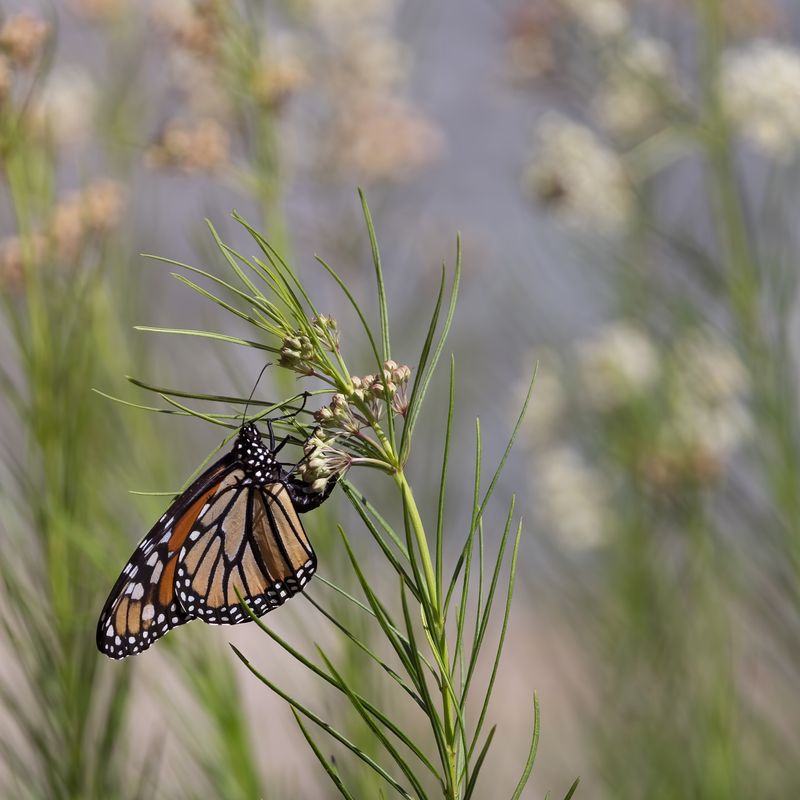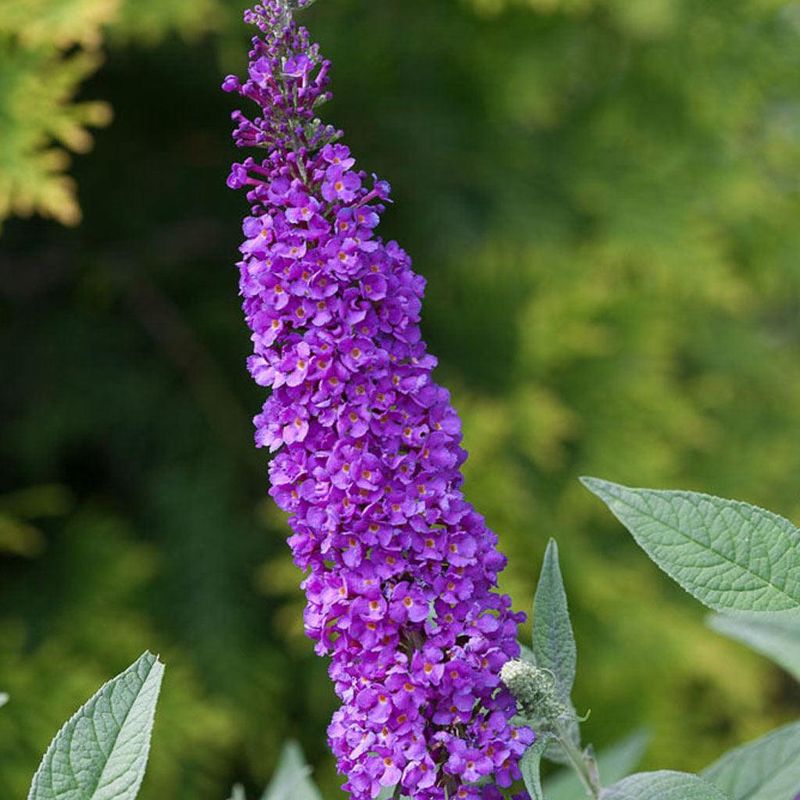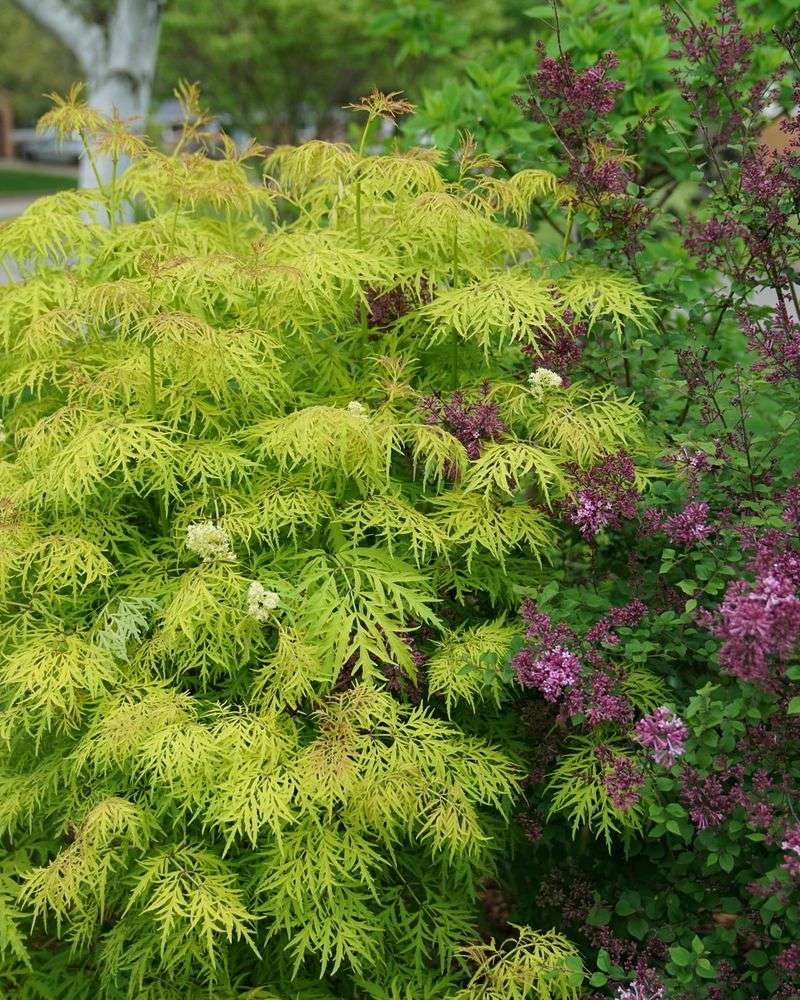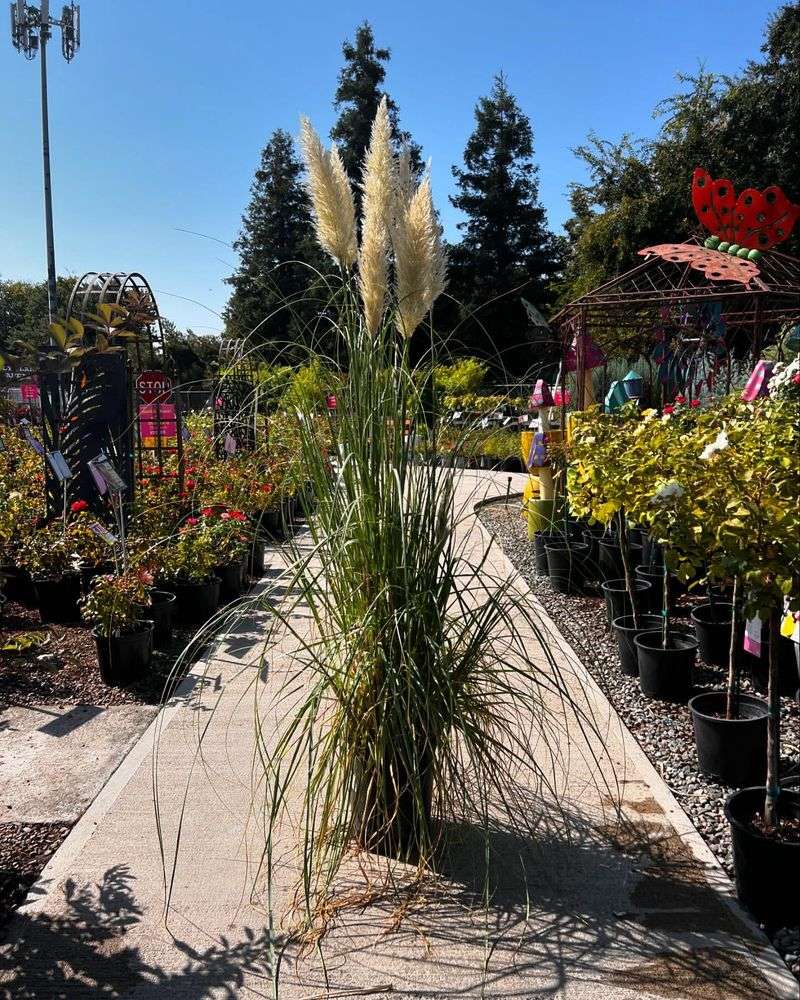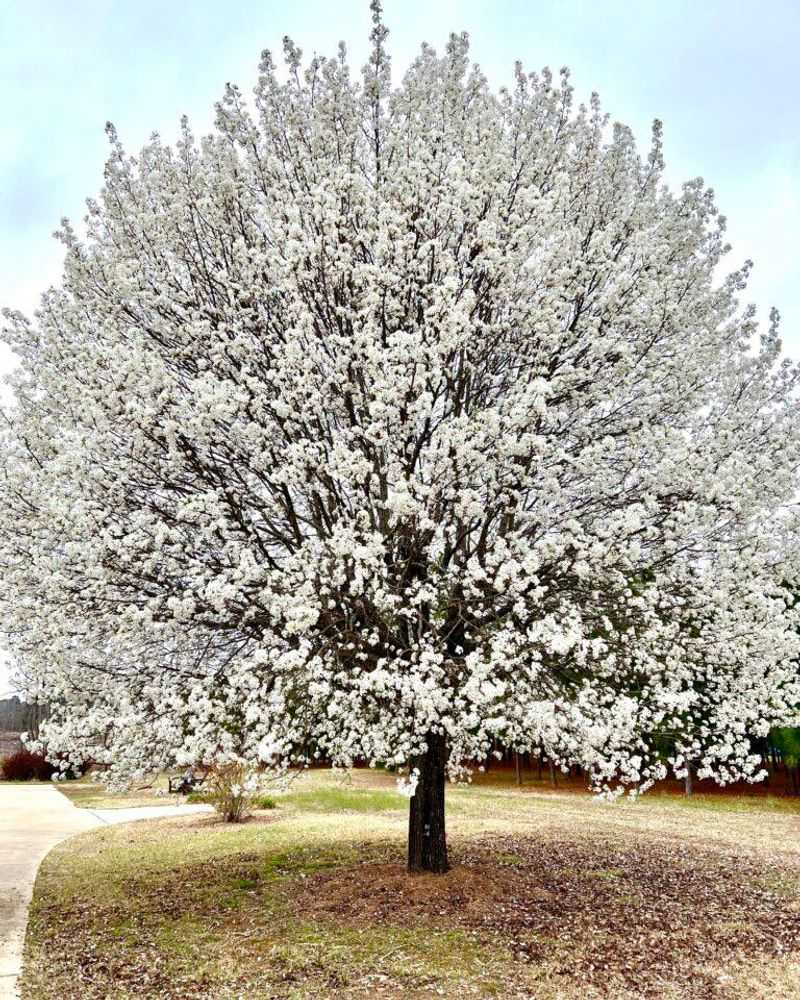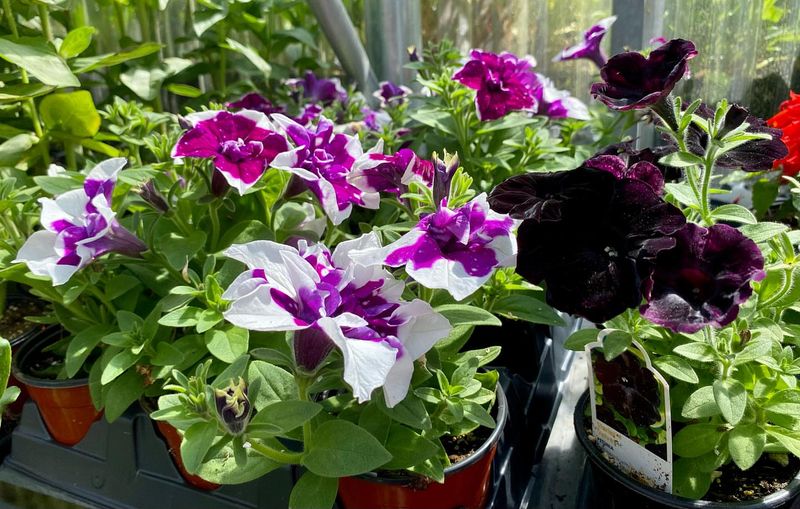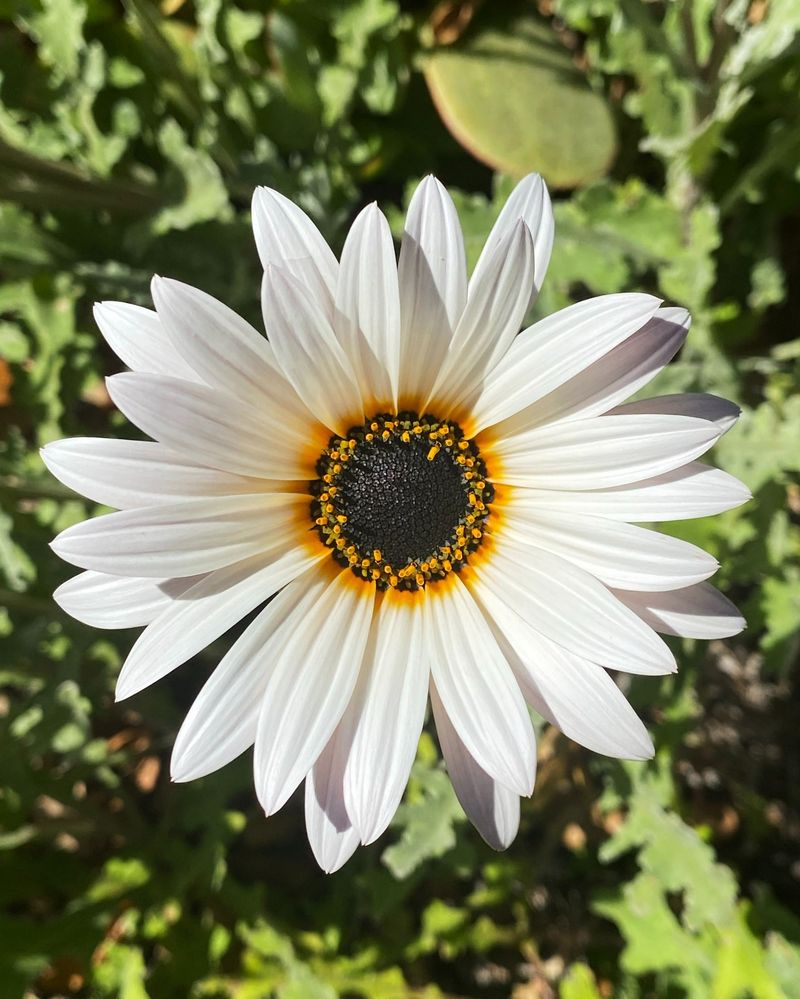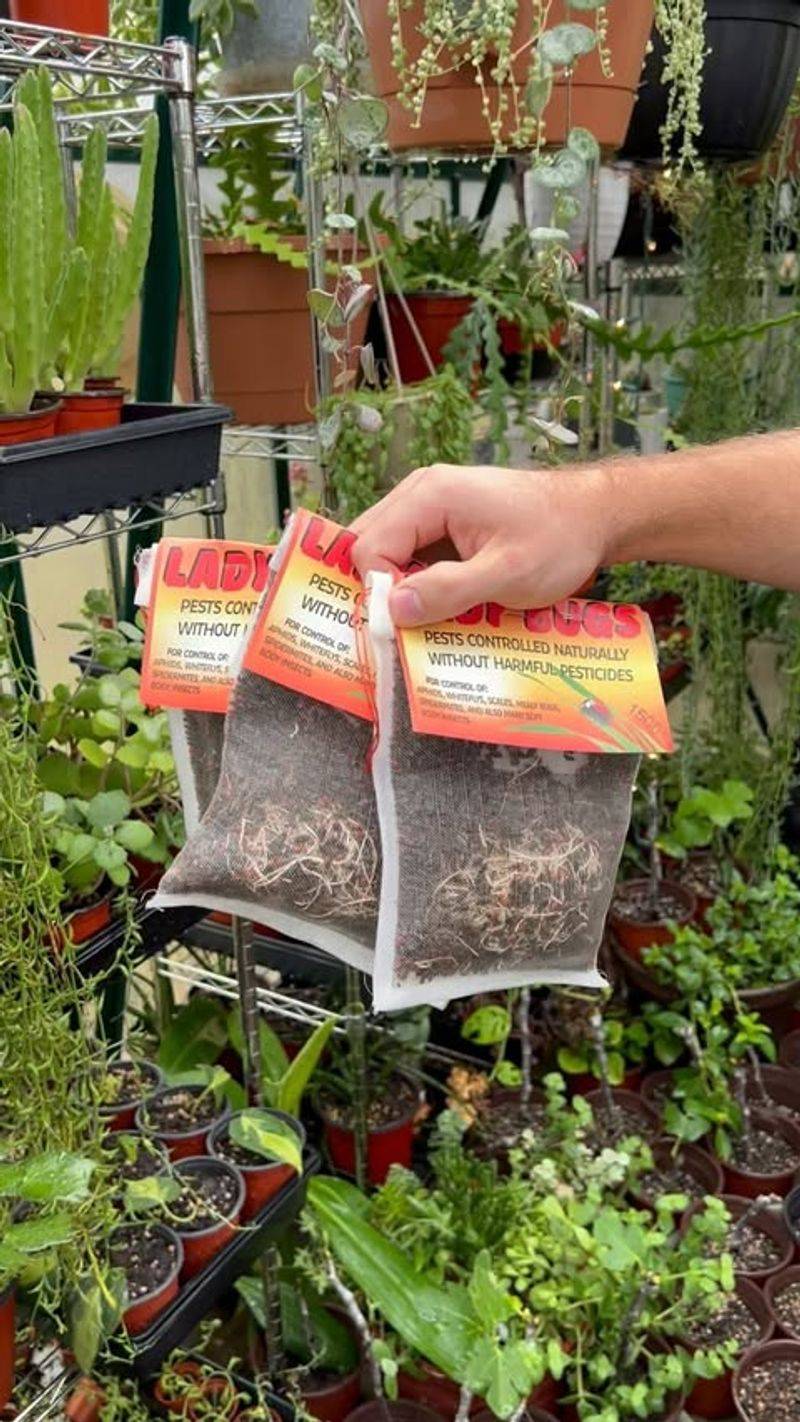Not all “pollinator” flowers live up to the hype—especially in California. Many popular picks offer little real value to bees and other beneficial insects, despite their labels.
Gardeners across the state are rethinking their plant choices and turning to better native and nectar-rich alternatives that actually support local pollinators year-round.
1. Double-Flowered Varieties Look Pretty But Offer Little Nectar
Those fancy double-petaled flowers might catch your eye at the garden center, but they’re practically useless to hungry bees. All those extra petals block access to the flower’s nectar and pollen, leaving bees to buzz away empty-handed.
Native bees need open, accessible blooms to collect food efficiently. When you choose single-flowered varieties instead, you’re providing a proper bee buffet rather than a pretty but empty plate.
2. Hybrid Tea Roses Sacrifice Pollen for Perfection
Modern hybrid tea roses might win flower shows, but they fail miserably at feeding bees. Plant breeders have sacrificed pollen and nectar production for bigger, more uniform blooms and stronger fragrances.
Old-fashioned shrub roses and native wild roses make much better alternatives. They produce abundant pollen that sticks to bee bodies and helps with cross-pollination. Their open faces welcome pollinators rather than shutting them out.
3. Non-Native Lavender Creates Ecological Traps
French and English lavender varieties certainly attract bees with their sweet scent and purple blooms. However, these European imports can become ecological traps by drawing pollinators away from native plants that better support local food webs.
California’s native Cleveland sage and white sage provide similar beauty with deeper ecological benefits. They’ve evolved alongside local bee species, creating perfect partnerships that sustain both plants and pollinators across generations.
4. Tropical Milkweed Disrupts Monarch Migration Patterns
Tropical milkweed stays green year-round in California’s mild climate, encouraging monarchs to stop migrating and settle permanently. This disrupts their natural patterns and increases parasite problems.
Native milkweed species like narrowleaf and showy milkweed naturally die back in winter, encouraging proper monarch migration. They’ve evolved together with these butterflies for thousands of years, creating a healthier relationship than their tropical cousins ever could.
5. Butterfly Bush Offers Empty Promises
Butterfly bush (Buddleja) attracts adult butterflies with its showy purple flowers but provides zero support for their caterpillars. Adult butterflies sip the nectar but can’t lay eggs on these plants since their caterpillars can’t eat the leaves.
California native ceanothus or buckwheat serves as both nectar source and caterpillar host plant. Supporting the complete butterfly lifecycle creates a truly butterfly-friendly garden rather than just a temporary feeding station.
6. Japanese Honeysuckle Crowds Out Native Options
Japanese honeysuckle smells amazing and attracts hummingbirds, but this aggressive vine quickly takes over gardens and natural areas. It crowds out native plants that would otherwise support diverse pollinator communities.
California honeysuckle offers similar trumpet-shaped flowers without the invasive tendencies. Hummingbirds and native bees recognize these flowers as reliable food sources, creating a balanced ecosystem instead of a honeysuckle monoculture.
7. Pampas Grass Creates Pollinator Deserts
Pampas grass might create dramatic garden focal points with its towering plumes, but these South American invaders offer virtually nothing to local pollinators. Their dense growth crowds out flowering plants that would otherwise feed bees and butterflies.
Native bunch grasses like deer grass or California fescue provide similar structural beauty while supporting local ecosystems. They host butterfly larvae and create microhabitats for ground-nesting native bees.
8. Bradford Pear Trees Bloom Early But Disappoint Bees
Bradford pear trees burst into white flowers each spring, seemingly offering early food for hungry bees. Unfortunately, their blossoms contain very little usable nectar or pollen despite their showy display.
Native redbud trees bloom at similar times but provide genuine nutrition for emerging pollinators. Their pink-purple flowers aren’t just pretty—they’re packed with high-quality pollen that helps bees rebuild colony strength after winter.
9. Hybrid Petunias Look Colorful But Lack Substance
Modern petunia hybrids create waves of color in garden centers and hanging baskets. Behind that pretty face lies a disappointing truth: most have been bred for looks rather than nectar or pollen production.
California’s native penstemons offer similar tubular flowers in various colors but with genuine pollinator benefits. Their specialized structures have evolved to feed native bees and hummingbirds efficiently. Unlike petunias, they don’t need constant deadheading or fertilizing.
10. African Daisies Require Too Much Water For Too Little Benefit
African daisies create carpets of bright color but demand constant water in California’s dry climate. Their breeding for showier blooms has reduced their value to pollinators while increasing their environmental footprint.
California’s own tidy tips and goldfields daisies thrive with minimal irrigation once established. These water-wise natives evolved in our Mediterranean climate and provide abundant pollen for specialist bee species that depend on daisy-family plants.
11. Pesticide-Treated Nursery Plants Hide Invisible Dangers
Many big-box store plants labeled as “pollinator-friendly” actually contain harmful pesticide residues. These systemic chemicals hide in the plant’s tissues, including pollen and nectar, creating invisible poison for visiting bees.
Plants from native nurseries or organic growers typically avoid these harmful treatments. California gardeners increasingly seek out certified organic or pesticide-free plants. The extra effort protects pollinators from exposure to neonicotinoids and other chemicals linked to bee population declines.

